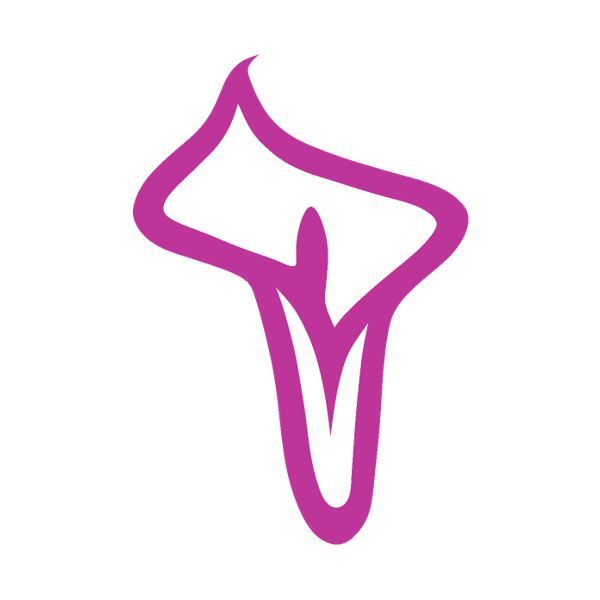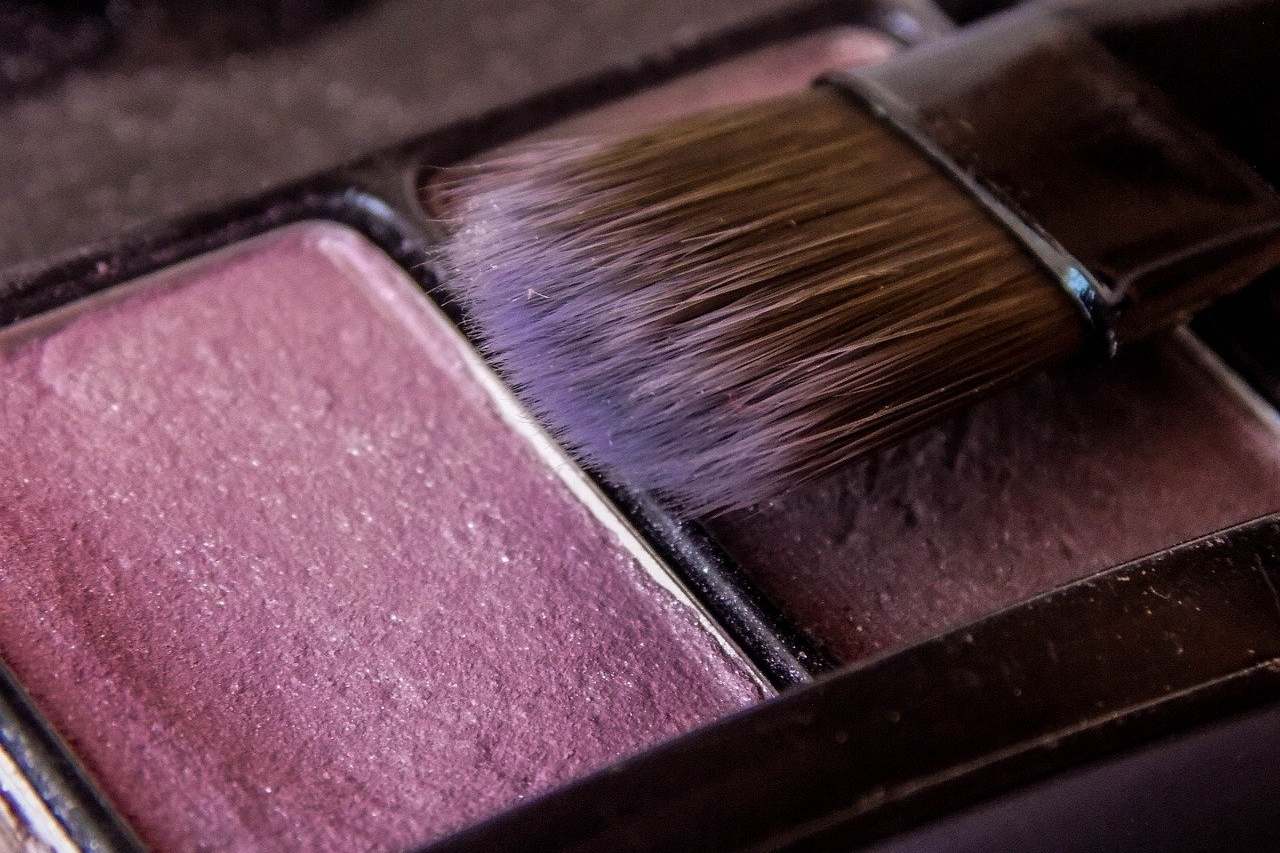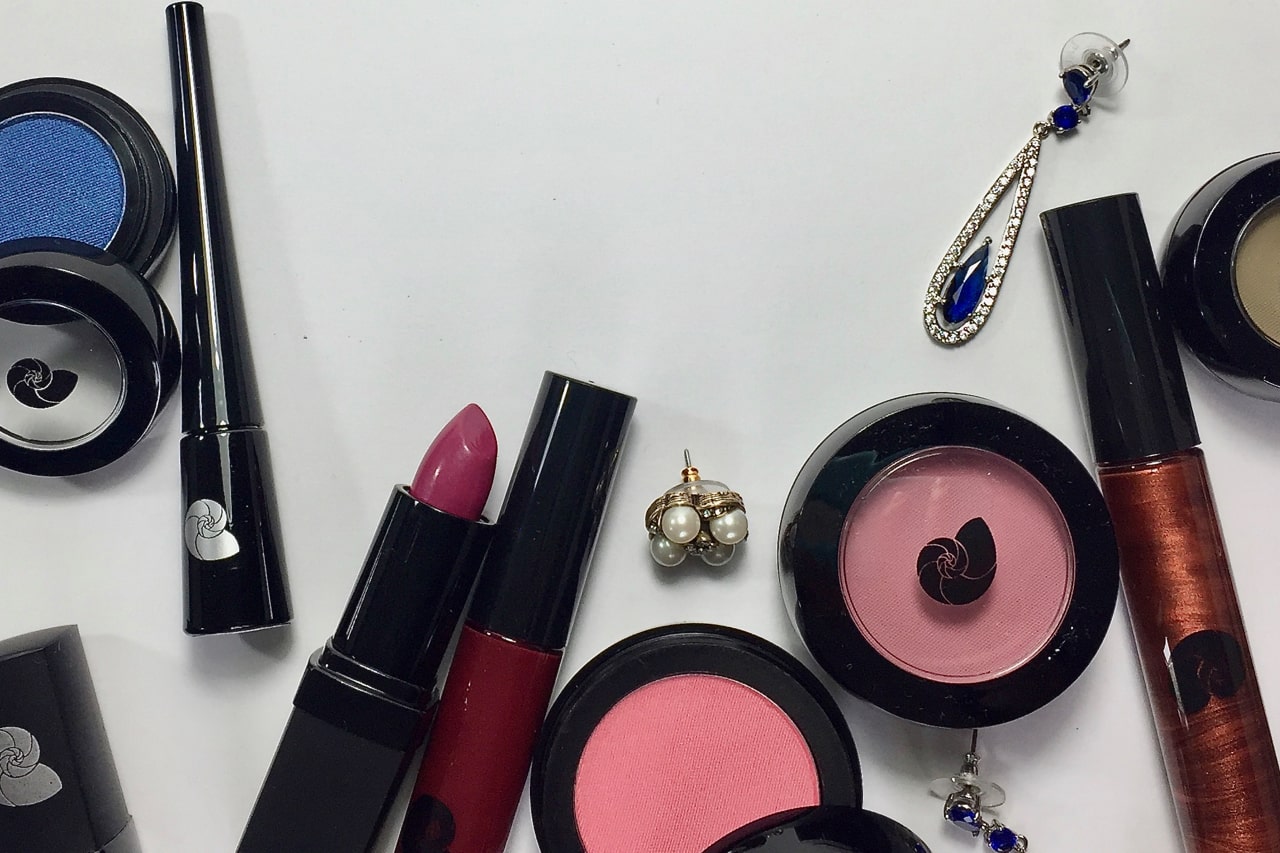by Florentina Mossou (The Netherlands)
Part 4 A Statement of Curve – Blush for Vertical Yin
Overview
- Introduction – Light, colour and shape
- A Statement of Scale – Foundation for Vertical Yang
- A Statement of Dimension – Contour for Horizontal Yang
- A Statement of Curve – Blush and Lipstick for Vertical Yin
- A Statement of Detail – Highlighter and Eye Makeup for Horizontal Yin
- Creating Your Signature Makeup Look
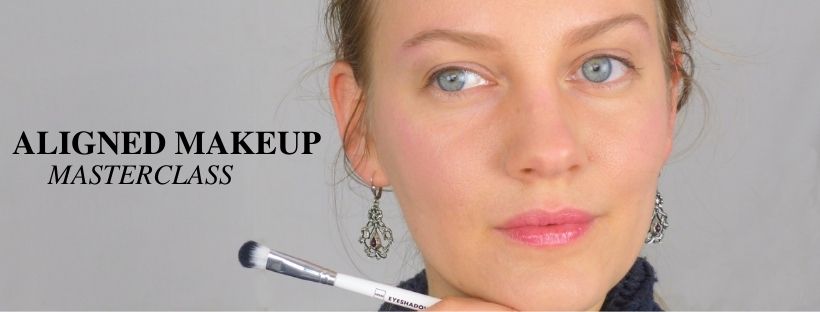
Welcome to the fourth post of the Aligned Makeup Masterclass! If you didn’t catch the previous parts, you can find them here: part 1, part 2 & part 3. In these posts, we looked at foundation and contour from the perspective of yang. Now, it’s finally the turn for yin! In this post, we’ll dive into blush and lipstick from the perspective of vertical yin. And we’ll see how blush and lipstick interacts with the four Seasons.
The yin and yang of makeup trends
Before we dive into yin makeup, we need to unpack the yin and yang of makeup trends. Makeup trends from the 1930s to the 1970s gradually shift from yin to yang. Compare the heart-shaped lips of the 1930s (yin) with the full lips that have blunt corners from the 1950s (yang). The eyebrows of the 1940s were soft and round (yin), while in the 50s they have a peaked arch (yang).
From the 70s all the way to today, makeup techniques stay nearly exclusively yang. There are two notable exceptions: the 60s eye was open and round, and the 90s eyebrows, although extremely sharp, were small enough to be suitable on yin.
So where are we today? Current makeup trends are practically all yang-enhancing, and there seems to be little room for yin anymore.
From the previous posts, we know foundation and contour work well for yang. Blush, lipstick and eye makeup are typically yin-oriented products, but they are often used in a (horizontal) yang-enhancing way. For example:
- blush gets applied like contour (it’s brown anyway, so that’s actually good sense);
- eyeshadow is elongated, large and/or heavy;
- (fake) eyelashes are thick, dense and large;
- eyeliner is thick, winged/elongated, or both;
- eyebrows became ‘Instabrows’: full and square;
- lipstick is nude and/or matte, and often overdrawn at the corners
Yang techniques don’t work well on a yin face. They look clunky and confusing. Makeup can still look nice on a yin woman, however it never looks as seamless as it does on yang women. So what does modern makeup for yin look like?
We’ve already taken our first step in the In the previous post, with yin contour. This time, we’re looking at blush and lipstick, and vertical yin’s statement of curve:
A Statement of Curve
Vertical yin is most effective at drawing attention to her eyes when her curves are emphasised. Blush enhances those curves, inviting the viewer to travel around her face and always return to her eyes. Her eyes become enthralling.
Each of the four dimensions of Align has a unique relationship with light and the way they reflect it, much like the Seasons. Horizontal yin has a special relationship with blush and lipstick. While blush and lipstick can enhance any of the four dimensions of Align, it elevates this one the most.
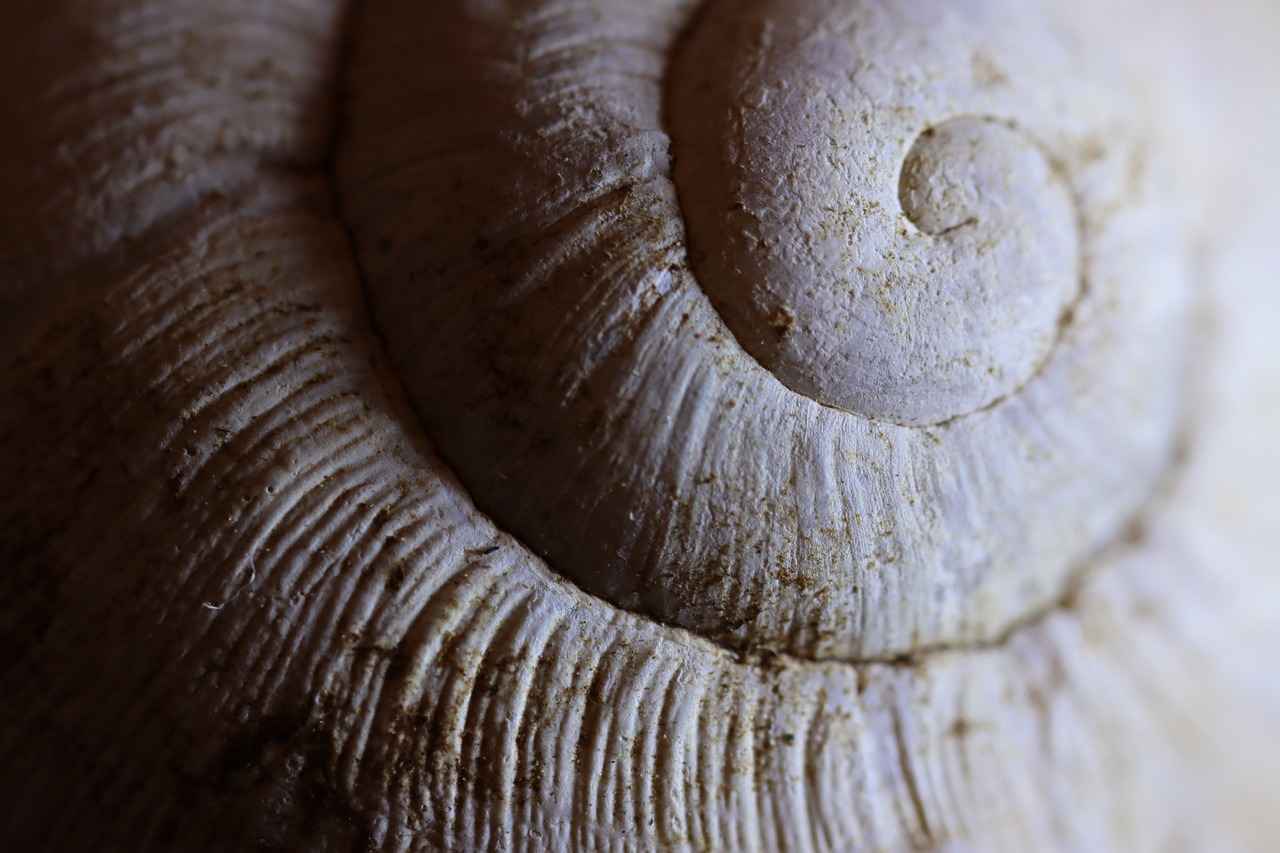
How to know if you have a vertical yin dimension?
If you are small in height, with curvy outlines to body, you likely have vertical yin in your presence. Those curves are everywhere: at the cheekbones, hipline and the outside palm of your hand. The hands and feet tend to be quite small, with flexible joints.
Just like the previous two posts, you don’t need to have vertical yin as your primary influence for this article to be relevant. It can also be your secondary or even tertiary. You can modify the tips below to suit your body type and facial features to your exact degree of vertical yin.
Blush and lipstick
Blush and lipstick add ‘bloom’ to the lips and cheeks, which is a polite way of saying it mimics blood in the skin. It’s literally about the lifeblood showing through, giving a sense of vitality. The effect looks healthy, awake and lively.
When people have a natural glow in their skin, it’s not just the cheeks. So to make blush look believable, I put it not just in the cheeks but also in four other places: brow bone, bridge of the nose, chin and top lip. Especially if your brush colour is quite bright, like for Winter or Spring Seasons, this makes such a difference.
For more content on finding and wearing lipstick, I recommend the Lipstick Course from my colleague Jorunn Hernes of Nordic Simplicity.
The best skin finish for vertical yin
Vertical yin is about curve and softness. Her facial features are smoothly curved and seamlessly elegant. Just like contour did for horizontal yang, it’s the curves that support the viewer’s awareness. We can see what her whole face looks like while the gaze rests on her eyes. The radiant bloom in her skin brings the light of her eyes into focus.
Shine enhances curve, so highlighter is a natural choice. (More on that in the next post.) However, vertical yin is not just about curves, but about soft curves.
Those curves are present at any body weight. Because they are shaped by her bone structure, together with the soft tissues. However, it’s the soft tissues that lie on top that carry the lifeblood. They are literally full of life. Blush heightens her vitality, this essential power that’s so effortless to vertical yin. Blush makeup does not just include blush, but also lipstick.
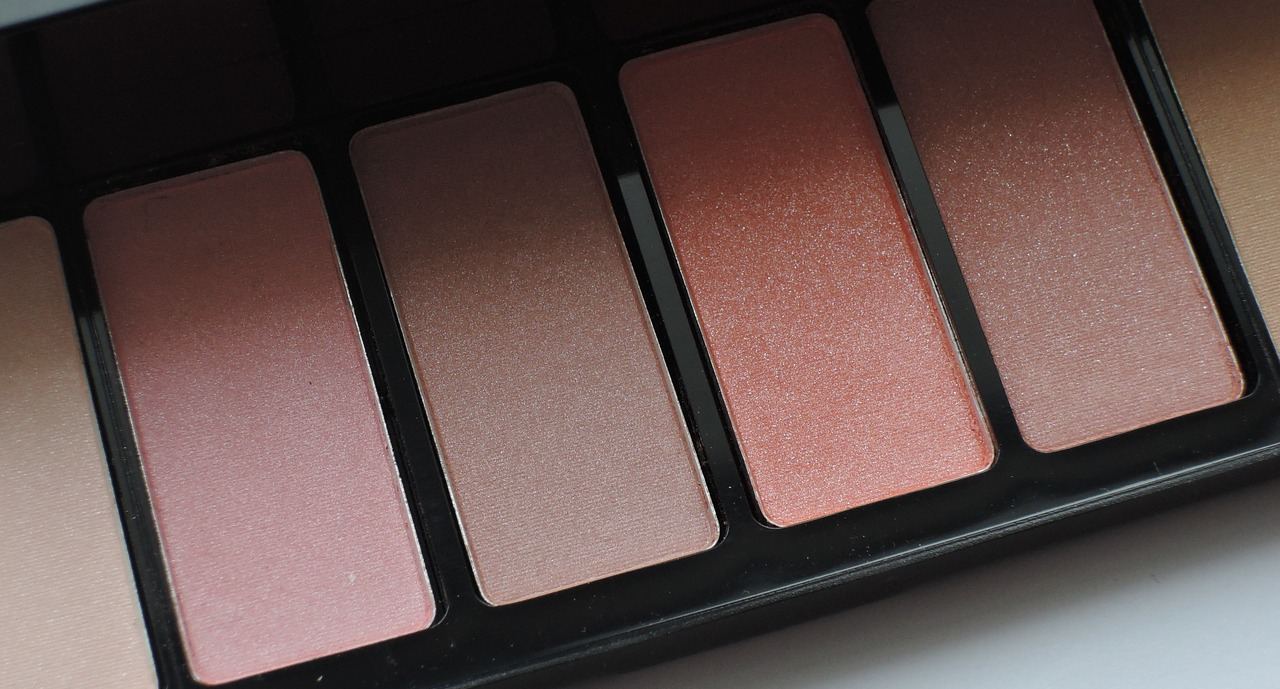
Blush for vertical yin
Blush for vertical yin goes on in a circular shape. It’s best to avoid the linear stripe from the cheek to the temple, because that’s a yang makeup technique. Remember how we dot contoured in the previous post? Blush works exactly the same.
You can optimise the shape of blush depending on the shape of your cheekbone, from a true circle to an oval or a subtle teardrop, as long as it stays rounded. For me, an oval works best. I can also do a bean or kidney shape. As it’s more time consuming to apply, I generally go with the oval.
Size can also vary: experiment and go smaller or larger, depending on how dramatic you want the look.
Drama
Speaking of dramatic, how far can we go? The most recent example of extreme blush was in the 80s. This style is arguably the most dramatic style for yang, as it was concentrated, linear and angled upwards. That doesn’t work for vertical yin, so we need to go back further. A lot further in fact, to the 18th century.
The most dramatic blush for yin ever invented was worn by women like Marie Antoinette and Madame de Pompadour. Their blush style also covers a large area of the cheek, but it is soft and diffuse. It spreads down to the corner of the jaw, as well as up toward the temple, making it loosely circular.
Apples
That’s amazing fun, yet I can imagine you’d still want a slightly more normal blush style. So where does blush go on the cheeks?
We are generally told to put blush on the ‘apples’ of the cheek. The apples are the roundest, fleshiest part of the cheek. We smile to find the part that becomes the roundest, and that’s where we are supposed to put blush.
Putting blush on the fullest part of the cheek works well on vertical yin. However, the smiling trick does not! That only works if you have a wide mouth (guess what – yang again). Vertical yin women have a small mouth, and put blush practically near their nostrils. It’s not pretty, I can tell you from experience.
Is there better where-to-put-blush trick that works for all faces? I don’t think so. All Align body types get very specific advice for where to apply blush – some of my clients said this was the first time they ever felt they looked normal with blush on, and enhanced by their makeup.
Generally, vertical yin places blush at the fullest part of their cheek when they are not smiling. It’s the place where the muscles of the cheek attach to the underside of the cheekbone.
Precise placement combined with a soft and diffuse shape requires a product that blends well, and can be sheered out. Both powder and cream blush can work well, depending on your skin type and personal preference. Blending can be improved when you mix your powder blush with translucent powder, or cream blush with foundation.
Lipstick for vertical yin
Just like blush is best in circular shapes, vertical yin also optimises lipstick by maximising the curve of the lips. No, that doesn’t make her look like a silent movie star or the Queen of Hearts from Alice in Wonderland.
Let’s zoom in on the lip line. If you look closely, we see the line isn’t hairline thin. There’s some width. I once heard a makeup artist (if I remembered who, I’d have linked it) say that you actually have two lip lines: one inner and one outer. That’s closer to the truth. In reality, your lip line is a gradient. Which means that there is some wiggle room for where you place your lip line – in the middle of the gradient, at the inside edge or at the outside edge .
Yang doesn’t really care about that wiggle room. She follows the outline of her lips, straight through the middle of that gradient, and she’s done. I can this ‘through-lining’. When she wants fuller lips, she lines closer towards the outside of the lip gradient, but she always stays at the same ‘level’ of the lip gradient. In a manner of speaking, she follows a ‘straight’ line.
Yin on the other hand, finds magic by ‘curve lining’ her lip gradient. She exaggerates the natural curve of her lips, by rising toward the outside of the gradient at the widest part of her lips (in the centre of the lips, underneath the nose), and dipping down towards the middle of the gradient at the corners of the mouth.
Curvelining is not the same as overlining. Overlining pushes your makeup past your natural lip gradient, to make your lips look bigger. Yet again, this is a yang makeup technique, because it makes the lips bigger. Curve-lining typically takes place within the boundary of your lips itself.
A note on subtlety: the thickness of the lip gradient is quite small, less than a millimetre total. Therefore, the difference between the inside, middle and outside of the gradient is very small as well. A good quality lipliner will be worth finding, and sharpen it regularly. Curvelining takes some practice, but results are spectacular.
Colour for blush and lipstick
Now that we understand how and why blush works for vertical yin, let’s see how that works when we consider colour and the four Seasons. How would we adapt the general guidelines to suit each Season?
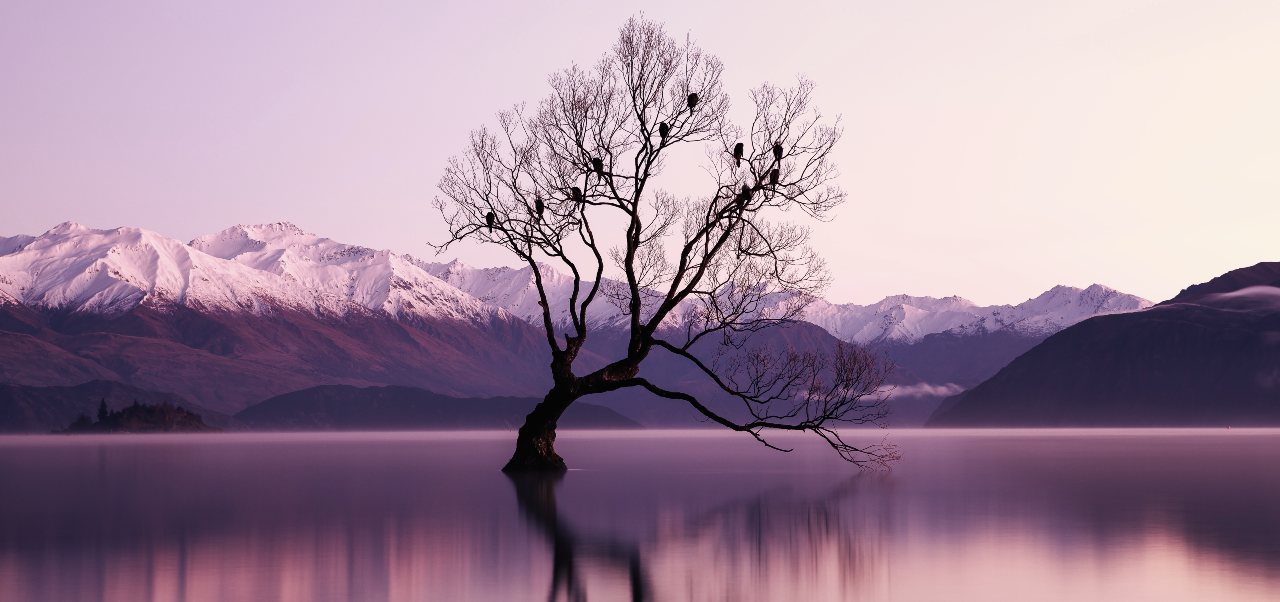
Summer
Summer is the Season that corresponds the closest to vertical yin. Its watercolour pigmentation and careful gradients make it highly compatible with the slow curves of vertical yin. Gradients are like curves, in the realm of colour.
Summer blush colours can range from the red-pink watermelon colour to a blued pink. Building those up in large gradients works best. This style of blush flows in and out of the colour seamlessly.
One spectacular option is to try two (or more) blush colours, blended into one another. Watch Lisa Eldridge’s video on her watercolour blush technique, she explains it better than I could. Place the warmer or redder one on top and closer to the centre of the face, the pink more towards the outside and slightly lower down. Since the shape will be fairly round, the two colours will shape themselves into two half moons facing each other. Blend well to avoid hard edges, and create a soft and diffuse transition.
Lipstick is also enhanced by soft gradients. Curvelining requires precision, but precision doesn’t have to mean sharp. Exact colour placement and soft edges can go together. A precise gradient is a most beautiful finish for Summer lipstick. After curvelining the lips, carefully pat the line with your fingertip. This diffuses the edge into a gradient.
Lipstick texture is quite easy: a classic cream lipstick has exactly the kind of shine that looks good on vertical yin and Summer both.
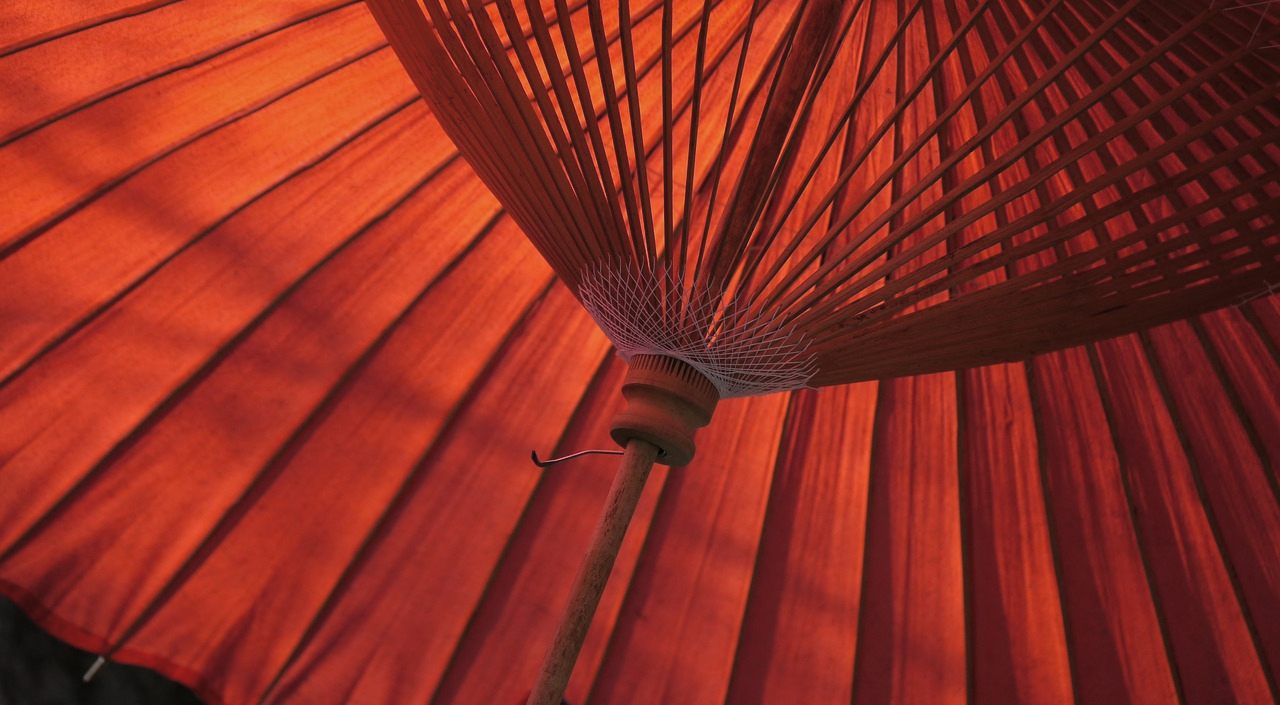
Autumn
Autumn’s variegated light is not quite as continuous as Summer’s. Autumn makes a sequence of hues, but they don’t flow as smoothly. They are like a steps on a stair, rather than a slide. The watercolour blush technique therefore needs to be adapted from loose and flowy to a more ‘rhythmic’ approach. This is easier than you’d expect.
As we saw in the previous post, Autumn blush is connected to contour when it’s used in a yang-structural way. Because blush in Autumn leans towards antique pink, salmon or terracotta, it’s actually quite close in colour to contour or bronzer. It could even replace either one (just not both, as the 80s are well and truly gone).
So instead of flowing from one colour of blush to another, it would flow into the contour. The warmth of the blush, as well as the ‘pinkness’ itself, still emphasises the life in the cheek. But the depth of the blush creates a touch of shading, a curving away from the light as it transitions to contour.
To get this effect, place your blush a touch lower or make it slightly larger so it starts to overlap with the (dot) contour. Blend the products together to get a single long gradient. This is different from horizontal yang’s blush. Yang would diffuse the edges, of course, but the colours themselves remain distinct patches to highlight her dimensionality. Vertical yin has no need for such boundaries and melts all her colours in a continuous stream.
If you’re using bronzer rather than contour (I wouldn’t use both on this face), this technique works just the same way. Autumn’s light is capable of a reflective glow, as if a warm light reflects off a nearby surface. Melting the blush into the bronzer is rather like the bronzer/contour situation for Spring.
Lip makeup can also adopt Autumn’s depth and shading by having a darker colour at the outside of the lips. Not by lining all the way around (not just the 80s have gone, the 90s as well!), but by fully filling in the corners with a subtly darker lip pencil or lipstick, and then blending the lighter colour in to achieve a single gradient.
If you want to try this out but don’t have a lipliner in the appropriate shade yet, some careful DIY’ing with your main lip colour and the barest touch of eye pencil might do the trick.
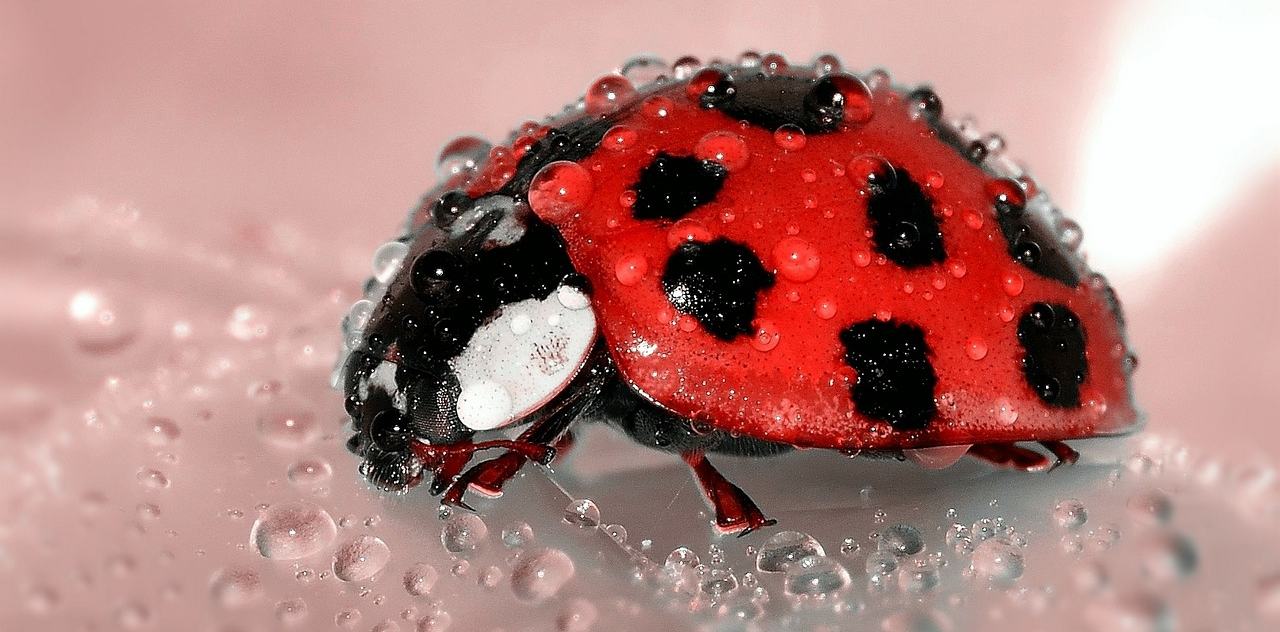
Winter
Winter and gradients make an interesting and temperamental combination. Because Winter traditionally works through contrasts rather than gradients.
The intensity of Winter makeup is such that one statement is enough. The blush colour is quite strong, and a Summer watercolour blush effect with multiple colours would not be effective. Autumn’s trick of blending with the contour is doable, but doesn’t really enhance this face. It looks generic, and that’s the opposite of a signature makeup look.
So Winter will wear one shade of blush. Classic Winter blush has an intense colour but over a small area, with a compact gradient to blend out the edge. Vertical yin Winter keeps the area of intense colour small, but extends the gradient. The blending circle is much larger than it would on any other Winter. And so the total area of blush is larger: a single, long, building gradient. One linear climb, all the way to the saturation of Winter.
To create this effect, use a translucent powder together with your blush to , and a second brush to help you blend out as softly as you can.
With lipstick, you can soften the lip line just like Summer if you want to achieve a dreamy-other-worldly effect. Also, Winter holds the option open to have a crisp edge. Definitely try both, it’s going to depend on overall yin/yang balance which works best. Curve-line in both cases, and especially when you do a hard edge, to respect your vertical yin.
Lip textures, for once, have less limitations. Cream finishes are excellent and lovely on vertical yin. Harder gloss is possible too, in Winter’s realm of extremes.
Matte is an option for Winter but vertical yin will like it less. If you want to try it anyway, use a slightly darker colour at the outside corners to create a gradient, just like Autumn did. To lift the texture just a touch, I recommend to put a dot of something shiny (lip balm, cream lipstick or gloss, whatever you have) in the centre of the lips.
Frosted textures are possible as well, and especially good with a darker base colour below.
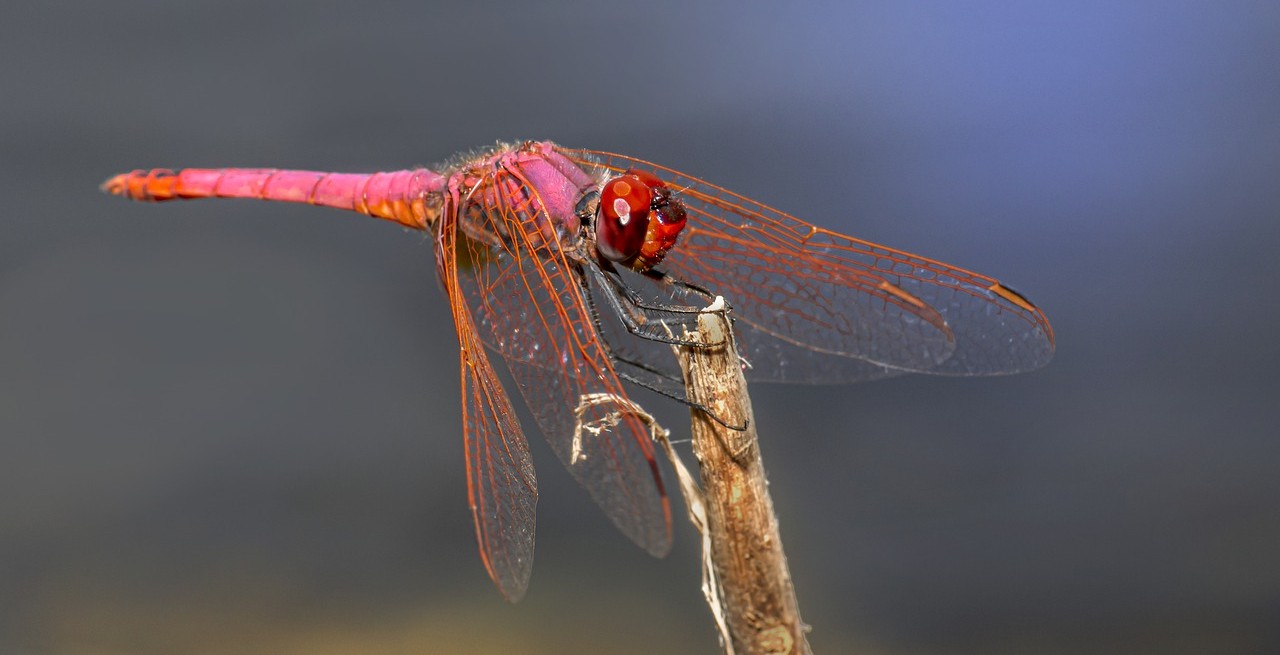
Spring
Spring’s easygoing palette has no trouble with curves and gradients. As Autumn’s blush was connected to contour, so Spring’s blush is connected to highlighter. Blending the blush into your highlighter, in a single gradient (as opposed to two distinct colour areas).
This extends the highlighter down further than it would on anybody else, reaching all the way down along the blush. By the time we reach the contour, the highlighter becomes unnoticeable and fades out. Apparently almost-shiny shadows are a recurring theme with Spring!
Spring shine is juicy rather than frozen, and I’ve never met a powder highlighter that wasn’t crystalline. So Spring’s highlighter needs to be of the liquid variety. If you’re going to blend intensely with blush, the blush had better be liquid too.
If you don’t have liquid blush or highlighter, you can make it work by putting a thick smear of powder blush on the back of your hand, put the highlighter over it, and then pick it up both with a liquid formula like day cream of foundation. I will admit, this is not a speedy option, but it lets you try out a new technique without buying a ton of new products.
Spring could also try the watercolour blush technique, as they have the most delicious range of reds. Raspberry, watermelon pink, true red or orange allow for amazing pairings.
Spring lip textures are translucent, if colourful. The edge of the lipstick is less of a concern. Spring doesn’t need a crisp edge, which is difficult to achieve with a translucent product anyway. You still can pat the edge to soften the lip line, though, if your product is at the darker or deeper end of your palette.
And that concludes our adventure into vertical yin! Was there anything you’d like to try? Let me know in the comments. If you have questions, I’ll be around to answer them .
Next time, we’ll continue with yin makeup, as we explore the relationship between horizontal yin and detail, and how that works for eye makeup. I look forward to seeing you!
This Makeup Masterclass is a sneak preview to Align style analysis, only for readers of Chrysalis Colour. Align clients get this information on makeup too, plus a workbook for building their signature makeup. Stay tuned to the next posts, as we’ll open doors to Align soon.
Note: the website adventures continue – my website still isn’t up so the buttons below don’t work, but you can always reach me via florentina@callastudio.nl.
